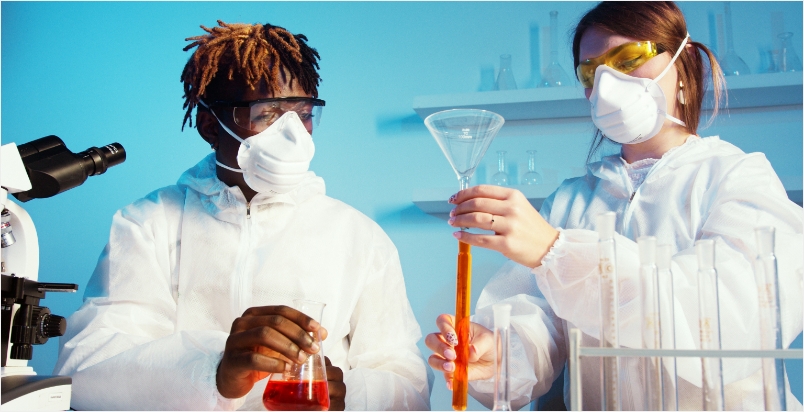How new medical devices become effective and safe
The progress of biomedical research is spectacular, but its pace is threatened by quite necessary regulation, knows Dr. Hanna Hartmann, among others Head of Division Biomedicine & Material Sciences at the NMI Natural and Medical Sciences Institute Reutlingen. She explains what the new medical device regulation has to do with this and what tasks the industry will have to solve in the near future.
What can personalized medicine do that established conventional medicine cannot?
One of the key prerequisites for successful therapy is that medical treatment is tailored to the patient's personal needs and individual clinical indications. Currently, predictive preclinical models are being sought that are reliable, do not require animal testing, can be transferred to humans and are suitable for personalized drug screening. Potential side effects must always be considered: One of the most commonly described adverse events is renal toxicity, which must be ruled out for newly developed compounds. At the NMI Natural and Medical Sciences Institute in Reutlingen, we are therefore also developing a model of the proximal tubule of the kidney for drug development and testing. Together with our European project partners, we combine 3D bioprinting of epithelial and endothelial cells with microchip design and microfluidic perfusion. In addition, the increased demand for combination products is of great importance, i.e. medical devices plus active ingredient that are used in a targeted and diagnosis-specific manner. Local drug release can reduce the drug dose and increase therapeutic success.
To what extent is the topic of personalized medicine subject to adequate professional supervision and regulation?
I still see a need here. Clinical data from personalized products is difficult to collect, and postmarket monitoring is not easy either. First of all, we need work instructions, for example for testing the efficacy of personalized products. In order to make innovative manufacturing processes, such as bioprinting, reproducible, application-specific and safe, fundamental standardization is first required to enable future developments towards pharmaceutical products or even translation into the clinic. Therefore, a new VDI guideline committee was founded last year, of which I am chairperson. The aim of the interdisciplinary members is to develop a guideline for process performance and product control and to define important quality assurance measures.
How much digitization can we expect in healthcare in the near future?
In healthcare, as in other areas, great hope is being placed in digitization. At the NMI, we are working, among other things, on combining novel approaches in personalized medicine and digitization for improved, tailored cancer therapies. To this end, functional cell models are established from primary tumor tissue of patients and used for tests with clinically approved as well as bioinformatically predicted active agents. Of central importance in the project is the digitization of the data sets obtained and their linkage with existing clinical patient data through integrative data analysis. Also, in a project on systems immunology at biological-technical interfaces, we were able to establish a database on the immune response to different biomaterials together with 17 medical technology companies. This can now be used to compare different products and the correlation analyses can be used to further optimize surface properties. Right now, after the introduction of the new Medical Device Regulation (MDR), the need for digitization and AI-supported data analysis is increasing, especially in the collection of clinical evidence. Digital tools are needed virtually throughout the regulatory process. Our MDR and IVDR Center of Excellence is working hard to establish a digital platform for regulatory purposes with partners and companies.
Doesn't the expected rapid pace of innovation drive constant technology change and thus acute waste of resources?Sustainability and waste avoidance are topics that medical device manufacturers are fortunately increasingly addressing. However, the speed of innovation could be slowed down for other reasons, namely by the introduction of the MDR already mentioned. Estimates suggest that development projects in Europe will cost about twice as much with the introduction of the MDR as they did before. Support from the federal and state governments is needed here to ensure that the additional regulatory expense does not crowd out necessary niche products and innovative new developments.
Click here for the press release of Meinungsbarometer: https://www.meinungsbarometer.info/beitrag/Wie-neue-Medizinprodukte-wirksam-und-sicher-werden_4380.html






